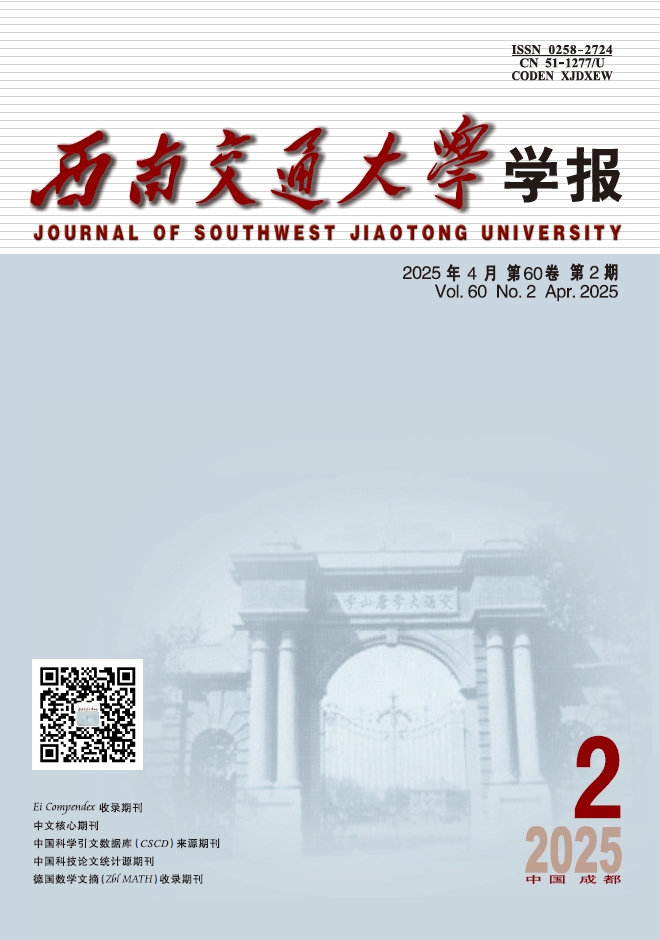2019 Vol. 54, No. 1
Display Method:
Virtual Experiments to Predict Bolster Fatigue Lifetime Based on FEM Model Validated by Static Tests
2019, 54(1): 106-112.
doi: 10.3969/j.issn.0258-2724.20160536
Abstract:




 Advance Search
Advance Search
 Email alert
Email alert RSS
RSS [Abstract]
[Abstract] [FullText HTML]
[FullText HTML] PDF 1400KB
PDF 1400KB Supplements
Supplements [Cited By]
[Cited By]